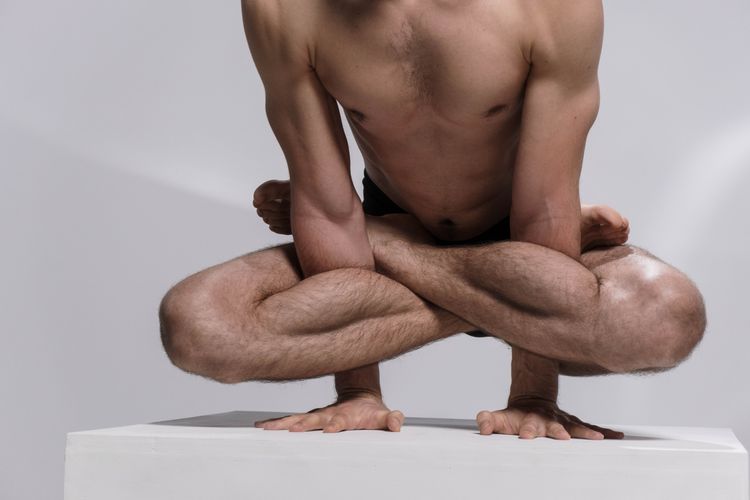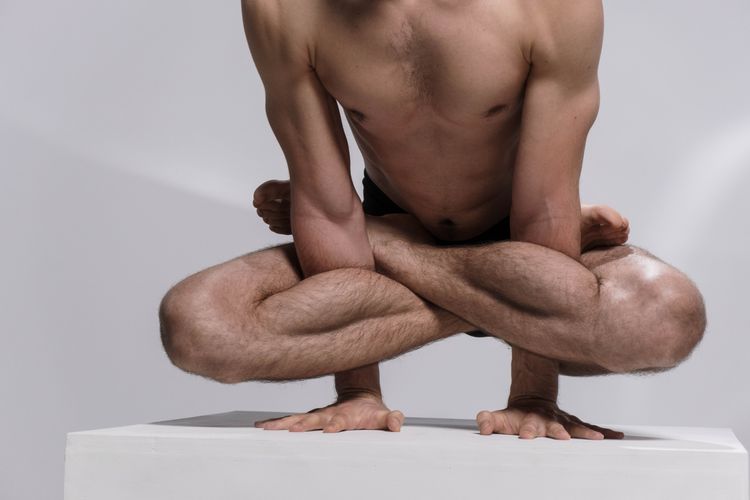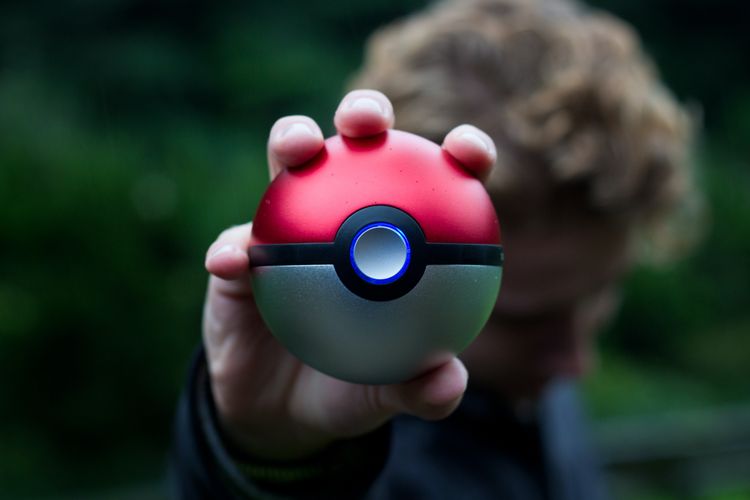Issue 7 Blue Crab Edition - Desk Ergonomics and Mobes for Hip OA

Rise up! Sit to Stand Workstations for Pain Prevention? Maybe…
The Gist - Many people have moved their offices home over the last few months and it’s been just long enough for poor ergonomics to catch up to them. Fortunately, this systematic review may have some guidance in how to adapt their workstations to improve LBP and neck pain. Unfortunately, there weren’t too many studies to pull from, but the authors were still able to gather a bit of data.
Three studies showed improved neck, lower back, and upper back pain with moderate clinical effect sizes when participants switched from traditional to standing desks. Another found that participants experienced more upper back and neck pain with a standing desk, but less low back pain. In general, the studies showed a positive effect of transitioning from sit to stand throughout the day.
How can this help your patients? There are a few on-desk attachments that allow the transition from sit to stand (like the Varidesk) and a few desks that adjust in height (including cheapish ones from Ikea) that could be recommended. Some people have been known to put chairs or cardboard boxes on their current desks to lift them up higher, but it’s important to ensure that their keyboards stay low, otherwise they’re at risk for upper trap and levator scap pain due to prolonged shrugging to type.
Tell Me More - This systematic review popped up in the journal Physical Therapy Reviews last year, but didn’t have much to pull from as they dug through the research. There were no high quality (by PEDro score) studies to include and only 15 overall. There just hasn’t been much research into sit-to-stand workstations, at least as the review authors defined them. Many results were clouded by other factors as well: one study only pulled from overweight and obese populations and another used workers at a call-center who habitually cradle phones between their ears and shoulders, possibly leading to neck pain that the study captured.
The overall, cloudy conclusion from the research is put best by the authors:
"Overall, findings suggest SSW may not absolutely relieve chronic neck or LBP but should not be excluded from pain management recommendations due to potential of positive impact."
That’s all we can definitively say on the matter today.
Paper? - If you insist.
Mobilizations for Hip OA? Do it! Do it!
The Gist - This study comes by way of Poland and the Journal of Back and Musculoskeletal Rehabilitation. The researchers dug into the effects fo mobilizations on hip OA and the results were exceedingly positive. They entered 57 women into two groups, one that received NWB exercises and the other hip mobes. Specifically, they received two hip tractions (both in supine, one pulling laterally and one pulling down the leg) and one mobe (ER and Abduction) three times per week for two weeks for a total of 20 minutes per session. The NWB group performed mobility exercises for the same amount of time. Both groups also received therapeutic ultrasound and magnetic therapy (just because I guess, they don’t really say).
What happened? Good things! The researchers used the Lequesne index of severity of OA and the LEFS as their main outcome measures, as well as hip ROM and pain. The mobilization group saw significant improvements in pain, Lequesne index, and LEFS, and motion improvements in extension, abduction, and internal rotation when compared to the NWB control. They got better all across the board.
Tell Me More - This is one of the less clouded studies that we see at PT Crab. It’s straightforward and suffers from fewer flaws than many. The selection criteria was a bit limited, as the researchers only took women aged 55-65, so that’s a note to watch out for. Otherwise, the intervention was simple as was the control group.
In their discussion section, the authors point to a few studies that showed opposite results to their own. Notably, most research they pull used single bouts of manual therapy, rather than multiple as in this study. This study indicates that multiple sessions is probably the key to manual therapy’s effectiveness and that one or two bouts won’t be enough to demonstrate any changes.
Paper please. Thanks for asking nicely!






Comments
Want to leave a comment and discuss this with your fellow PTs? Join PT Crab and get summarized PT research in your inbox, every week.